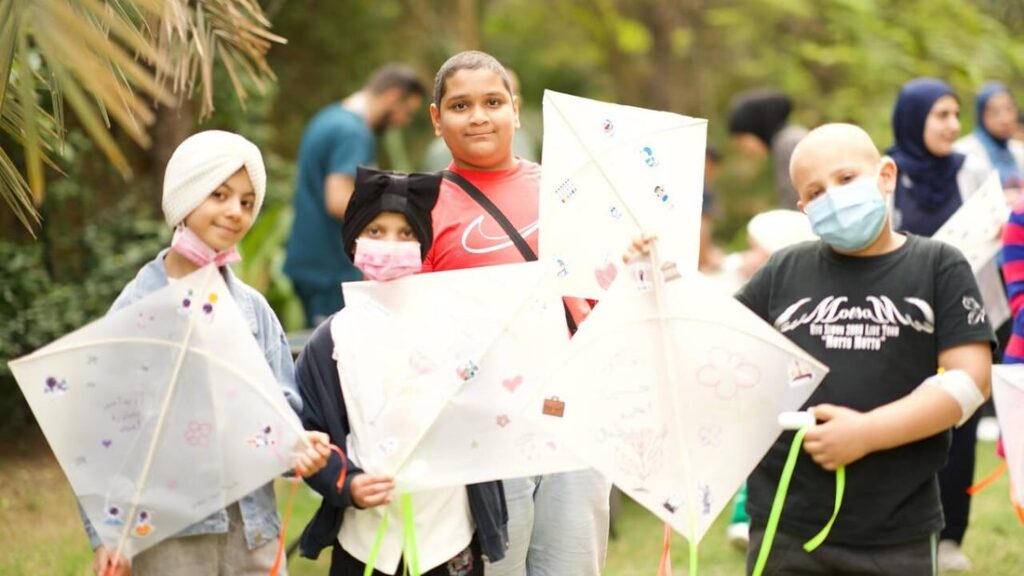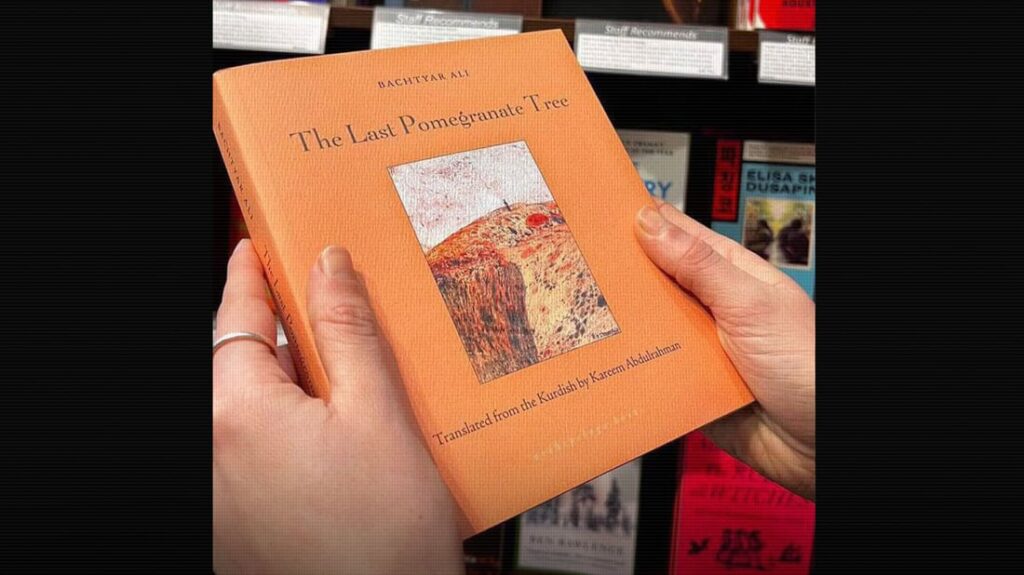IOM Iraq DTM Return Index: Findings Round Seven (February 2020)
CONTEXT
The Return Index is a tool designed to measure the severity of conditions in locations of return. Data collection for the Return Index Round 7 took place during the months of November and December 2019 across eight governorates, 38 districts and 1,754 locations in Iraq. As this round is the last of 2019, some of the changes recorded throughout the year are presented. Since the Return Index Round 2 (collected in November – December 2018), an additional 281 locations of return were assessed.
Between January 1 and December 31 2019, an increase has been observed in the numbers of returnees in all categories of severity due to the overall increase in the total returnee caseload. The highest increase in the numbers of returnees was identified in locations with medium severity conditions. Proportions of returnees in each category have remained relatively stable as compared to the end of last year, with the proportion of returnees living in severe conditions being 12 per cent, or around 500 000 individuals.
In terms of conditions related to livelihoods and basic services (Scale 1 of the Return Index), a significant increase was observed in the numbers of returnees living in locations with low severity conditions, accompanied by a decrease in locations with medium severity since December 2018. An increase has also been observed in the numbers of returnees in all categories of severity related to social cohesion and safety perceptions (Scale 2 of the Return Index), with an increase of 48,696 returnees living in severe or poor conditions. These changes mainly reflect the fact that additional locations of return were assessed during 2019, most of them in rural areas.
RETURNEE POPULATION IN SEVERE CONDITIONS
Out of the 1,754 return locations assessed, 293 present severe conditions, hosting 12 per cent of the returnee population, or 522,090 individuals.
Salah al-Din and Ninewa are the governorates hosting the highest number of returnees living in severe conditions, with 198,450 and 173,724 individuals respectively.
Salah al-Din and Diyala host the highest proportions of returnees living in severe conditions (30% and 18% respectively).
A comparison of locations assessed in Round 2 (collected in November – December 2018) and Round 7 (collected in November – December 2019) reveals that the proportion of returnees living in severe conditions has remained relatively stable. This consistency suggests a lack of improvement in conditions in the locations of return overall, despite variation across the governorates.
Decreases in the proportion of returnees living in severe conditions were observed in Kirkuk, Anbar and Diyala, due to decreases in indicators related to livelihoods and basic services. By contrast, Baghdad witnessed an increase in the proportion of returnees in severe conditions since December 2018.
In terms of indicators related to social cohesion and safety perceptions, decreases in the proportion of returnees living in severe conditions were identified in Salah al-Din, Baghdad and Diyala, and an increase was noted in Anbar.






